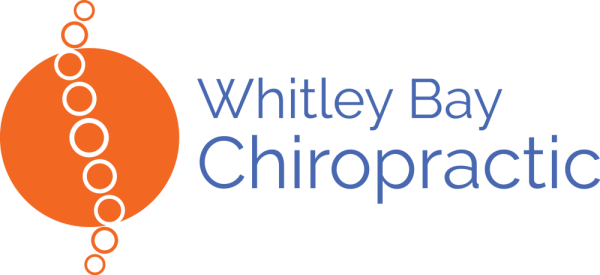Chiropractic studies
1. Do you suffer from chronic lower back pain? In a 2012 study, 205 patients who suffered from chronic lower back pain were assigned to one of three different treatment groups—spinal manipulation (chiropractic), individual physiotherapy, or back school—with a goal to see which one provided the most relief. Spinal manipulation provided the “highest functional improvement and lowest non-response rate” of all three of the treatment options.
Conclusion: In our patients with cLBP lower baseline pain-related disability predicted non-response to physiotherapy, but not to spinal manipulation. Our results suggest that, independent form other characteristics, patients with cLBP and low pain-related disability should first consider spinal manipulation as a conservative treatment.
Ref: Cecchi F, et al. Predictors of functional outcome in patients with chronic low back pain undergoing back school, individual physiotherapy or spinal manipulation. European Journal of Physical and Rehabilitation Medicine 2012; 48: 371-8.
2. Are you a senior and want to be able to continue your activities of daily living as long as possible? A 2009 study showed that Chiropractic helped more than conservative medical care to help seniors function. A group of relatively healthy seniors were given chiropractic or conservative medical care. The chiropractic group had a clinically significant increase in function compared to the CMC group.
Conclusion: “From an evidence-based care perspective, patient preference and clinical experience should drive how clinicians and patients make the spinal manipulation procedure decision for this patient population.”
Ref: Hondras, MA. et al A randomized controlled trial comparing 2 types of spinal manipulation and minimal conservative medical care for adults 55 years and older with subacute or chronic low back pain. J Manipulative Physiol Ther. 2009 Jun;32(5):330-4
3. If your back is causing leg pain, are home exercises and advice enough?
A 2014 study compared two groups: both groups had home exercises and advice, but only one had spinal manipulation. Conclusions: For patients with back related leg pain, SMT plus home exercise and advice was more effective than HEA alone after 12 weeks, but the benefit was sustained only for some secondary outcomes at 52 weeks.
